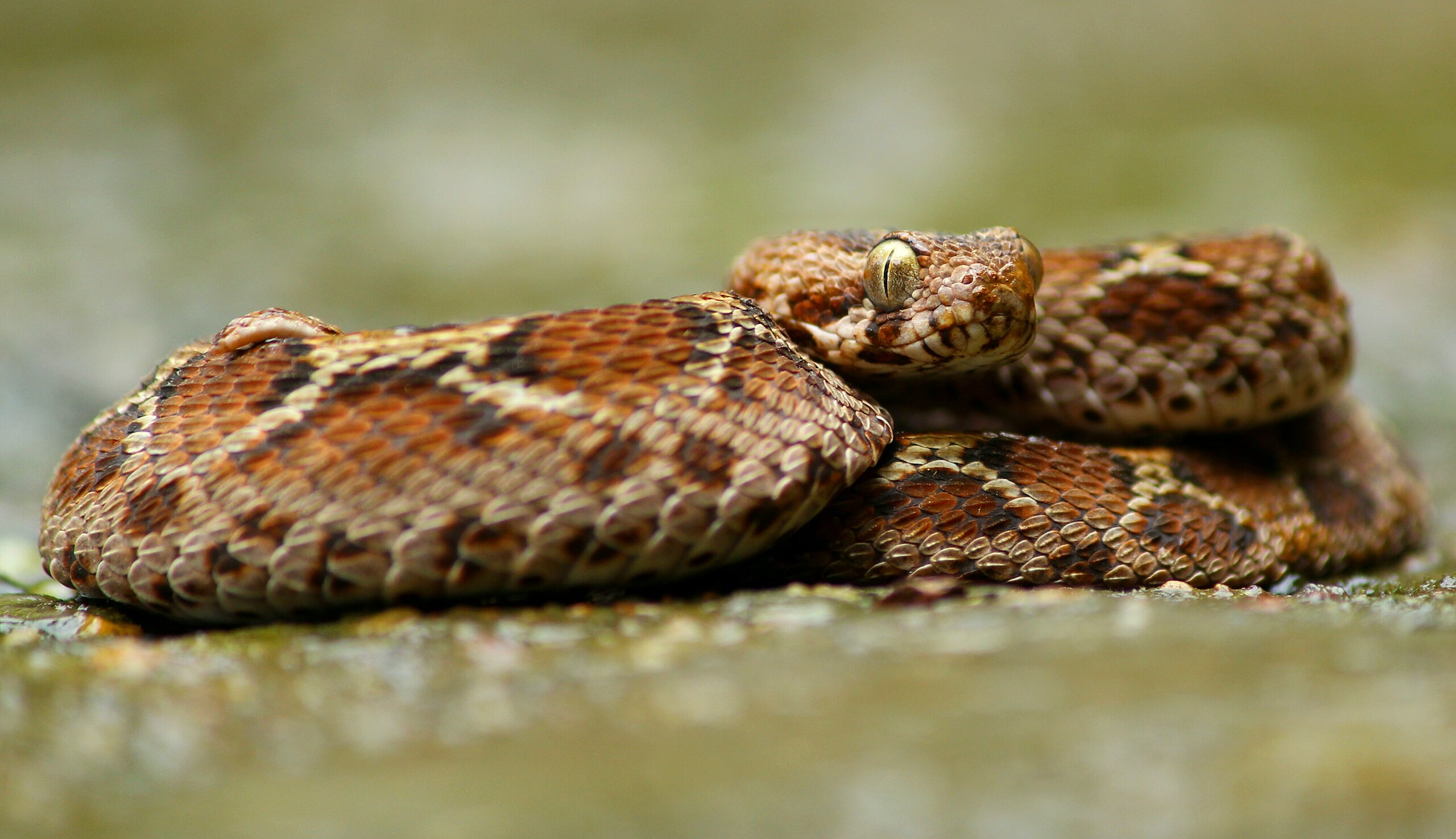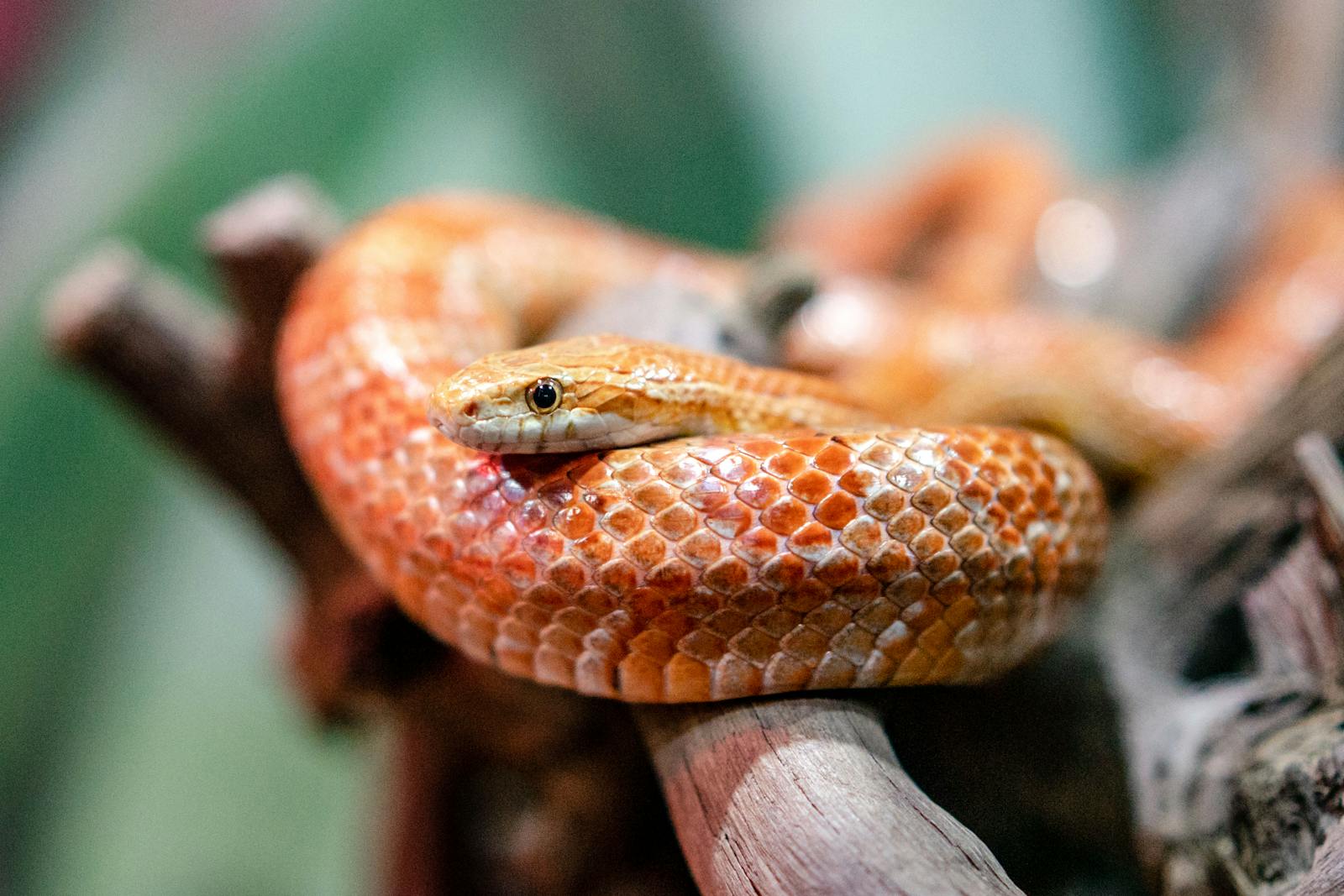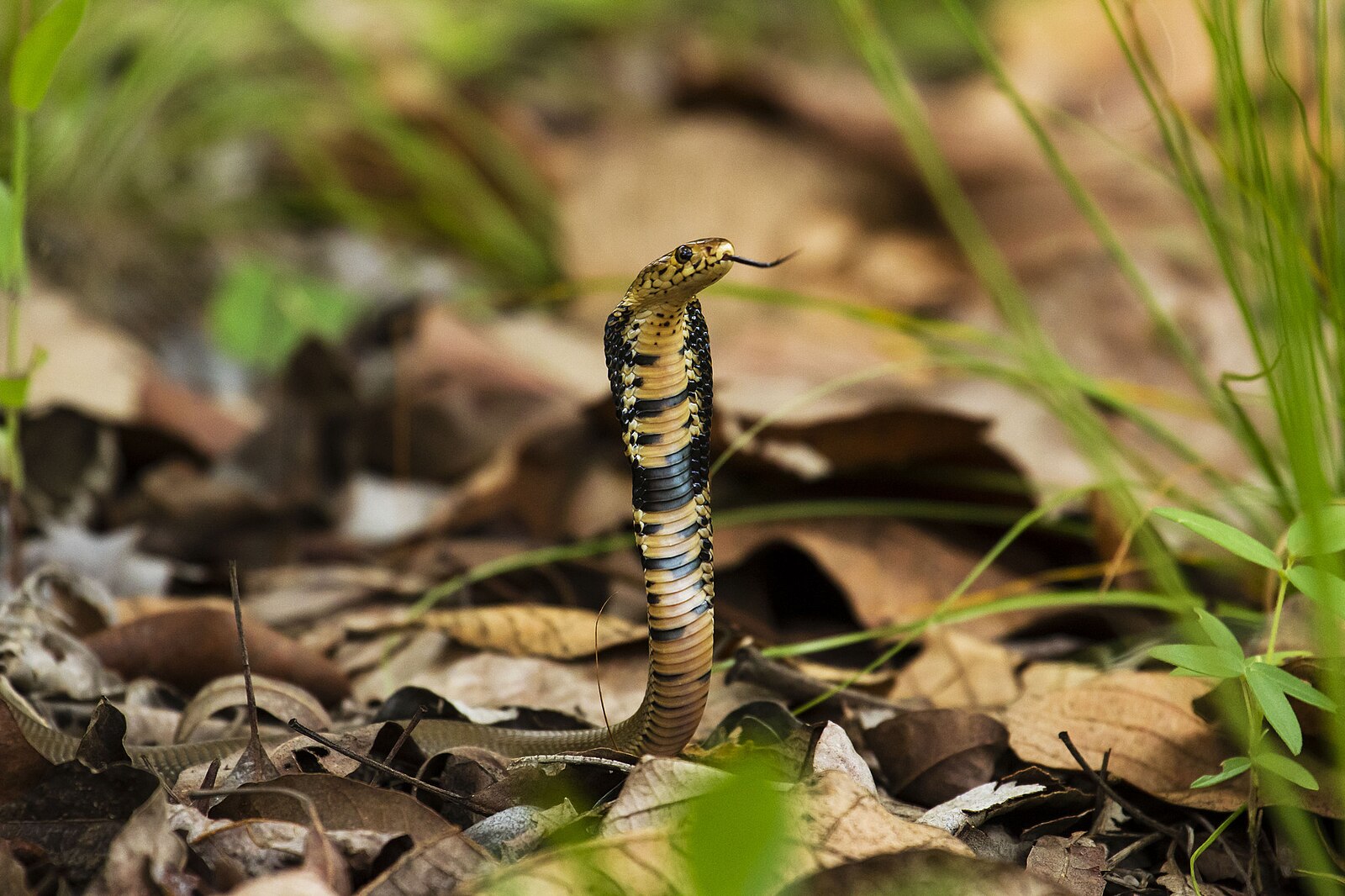When most people think of deadly snakes, images of hooded cobras or lightning-fast black mambas often come to mind. Popular culture has dramatically portrayed these serpents as nature’s most lethal assassins. However, the reality of which snake claims the most human lives annually might surprise you. Contrary to common belief, it’s not the infamous cobra that tops this grim statistic.
Instead, a less cinematically celebrated but equally formidable serpent holds this title. This article explores the true identity of the world’s deadliest snake by human fatality count, examining why it claims so many lives and how we might better protect ourselves from these fascinating but potentially dangerous creatures.
The Saw-Scaled Viper: The World’s Deadliest Snake by Body Count
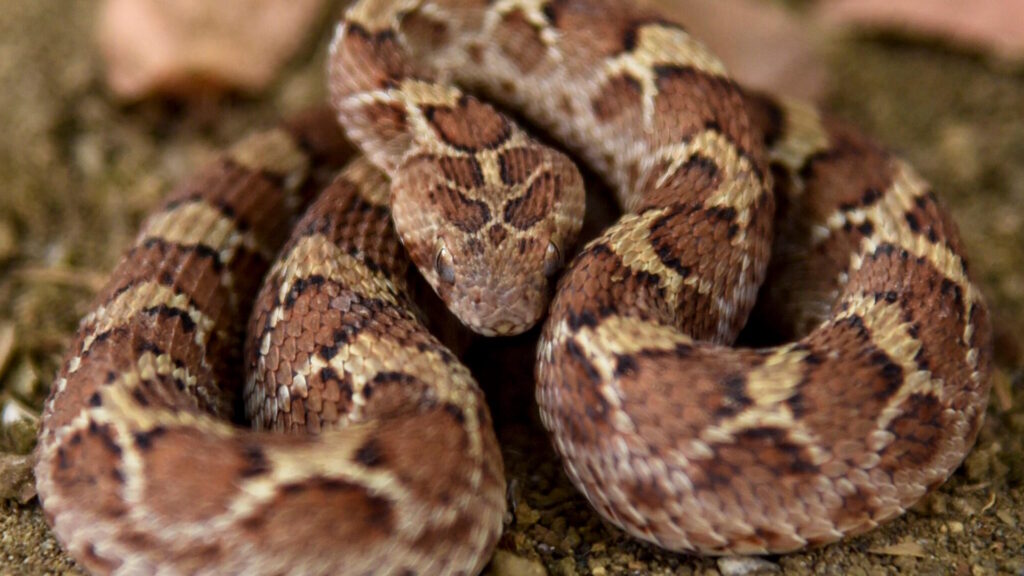
Despite their relative obscurity in popular culture, saw-scaled vipers (genus Echis) are responsible for more human deaths annually than any other snake species. These relatively small vipers, rarely exceeding 35 inches in length, are found across the arid regions of Africa, the Middle East, and the Indian subcontinent.
What makes these snakes particularly lethal isn’t the potency of their venom in comparison to other species, but rather a combination of factors including their wide distribution in heavily populated areas, aggressive defensive behavior, and the fact they often inhabit agricultural zones where barefoot farmers frequently encounter them. Scientists estimate that saw-scaled vipers may be responsible for more than 5,000 deaths annually, earning them the ominous distinction as the deadliest snake based on human fatality statistics.
Understanding Venom Potency vs. Human Fatality Rates
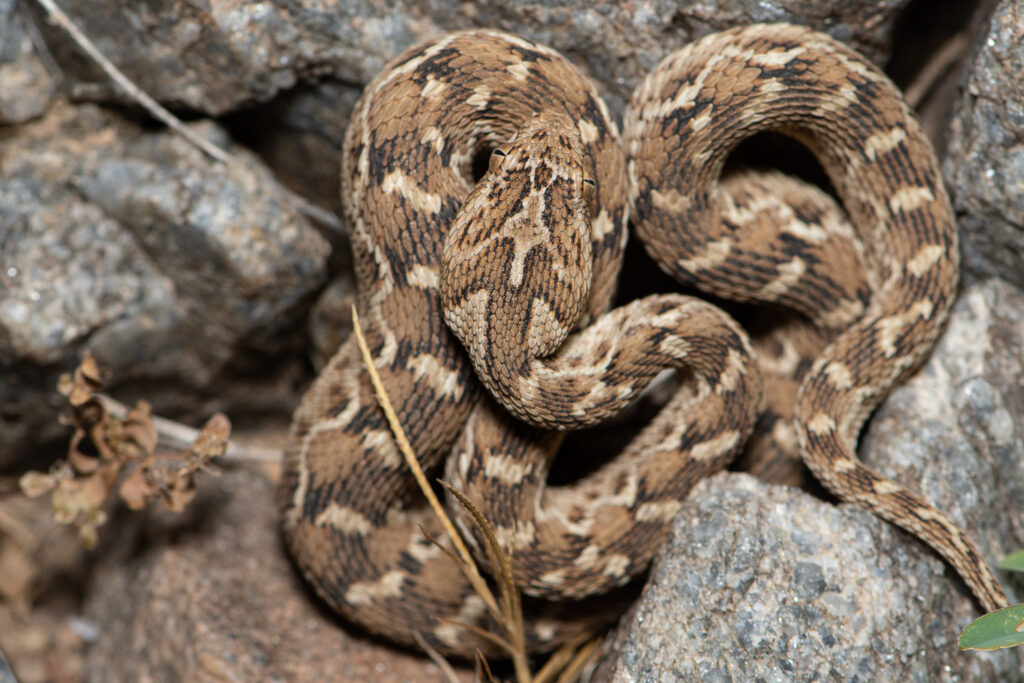
It’s crucial to differentiate between the most venomous snake and the snake that causes the most deaths, as these are fundamentally different classifications. The inland taipan of Australia possesses the most toxic venom of any terrestrial snake, with a single bite containing enough toxin to kill approximately 100 adult humans. However, due to its remote habitat and shy nature, encounters with humans are extremely rare, resulting in very few recorded fatalities.
The saw-scaled viper’s venom, while less potent on a drop-for-drop basis than that of cobras or taipans, is still highly toxic and causes severe hemotoxic effects that destroy blood cells and damage tissue. This combination of potent venom and frequent human encounters creates the perfect storm for high fatality rates in regions with limited access to antivenom and medical care.
Physical Characteristics and Identification
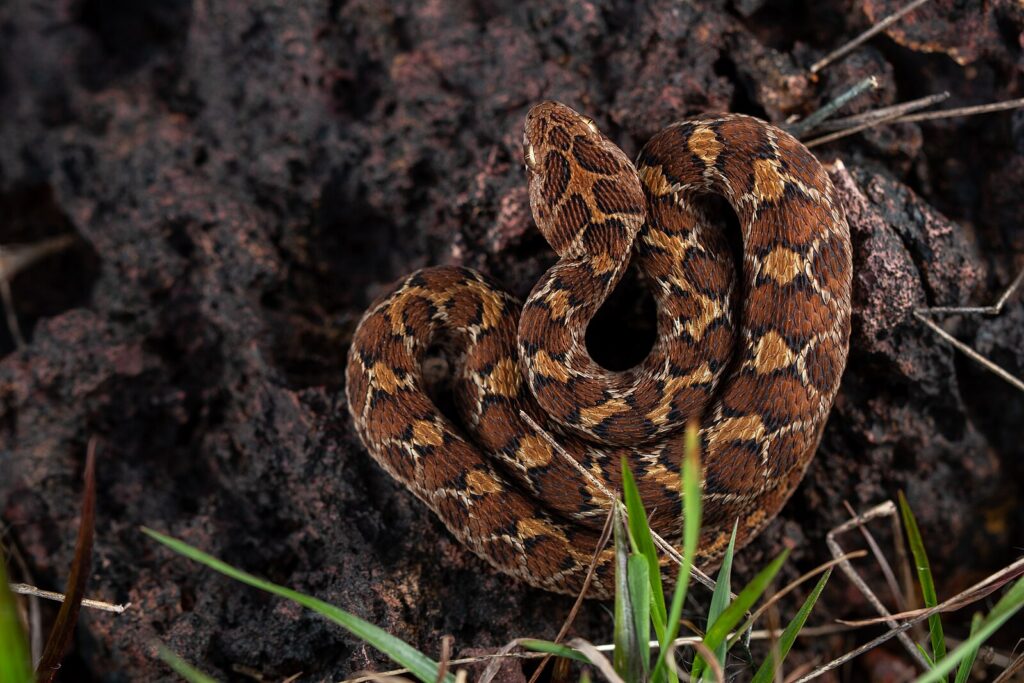
Saw-scaled vipers are relatively small but stocky snakes with a distinctive appearance that aids in identification. They typically display a tan, brown, or grayish coloration with darker diamond or wavy patterning along their backs, providing excellent camouflage in their arid habitats. Their most notable physical feature is their roughly-scaled body which produces a characteristic rasping sound when the snake rubs its coils together as a warning – this behavior gives the snake its common name.
A broad, triangular head distinct from a narrow neck is another key identifying feature, along with vertical pupil eyes and heat-sensing pits between the eyes and nostrils. Unlike cobras, saw-scaled vipers cannot rear up or spread a hood, but they do form a distinctive C-shaped defensive posture when threatened.
Geographical Distribution and Habitat
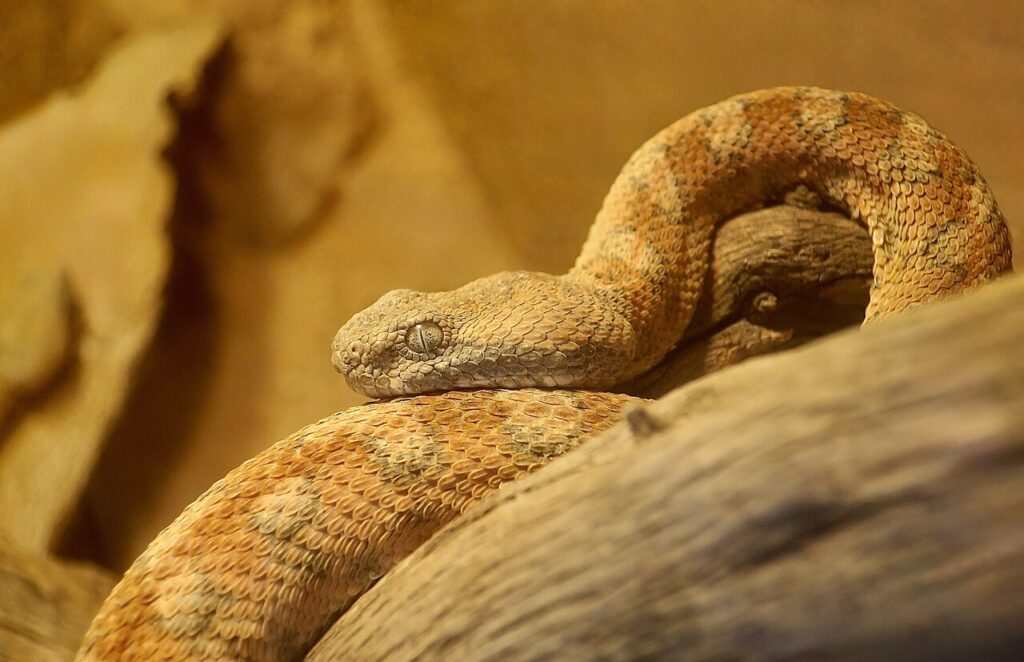
The saw-scaled viper’s deadly impact is largely attributable to its extensive geographical range, which overlaps significantly with densely populated human areas. These vipers inhabit a broad swath of territory stretching from West Africa through the Middle East and into Pakistan, India, and Sri Lanka. They thrive in a variety of dry environments including deserts, savannas, rocky hillsides, and scrublands, but have also adapted well to agricultural landscapes and the outskirts of villages and towns.
Such proximity to human settlements significantly increases the likelihood of encounters. In regions like rural India, where many people work barefoot in fields or walk unprotected at night, the risk of accidentally stepping on these well-camouflaged serpents is substantially heightened, contributing to their high fatality statistics.
Behavior and Defensive Mechanisms
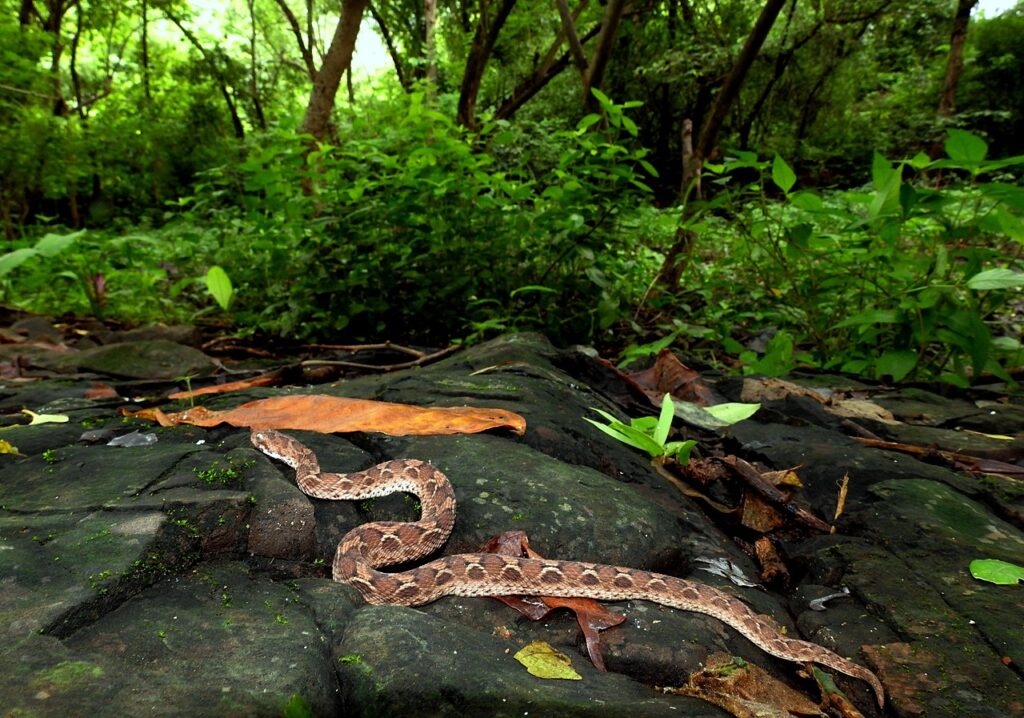
The saw-scaled viper’s reputation as a deadly snake is partly due to its distinctive defensive behavior, which differs significantly from that of cobras and other venomous species. When threatened, these vipers form a series of tight, figure-eight coiled loops with their body, rubbing their scales together to produce a sizzling, sandpaper-like warning sound that’s unique among snakes. This acoustic warning, while serving as a deterrent, is often unheard or unrecognized by humans, leading to dangerous close encounters.
Unlike some snakes that prefer to flee when confronted, saw-scaled vipers are known for their quick-tempered nature and readiness to strike when feeling cornered. They can launch lightning-fast attacks from their coiled position, striking repeatedly with exceptional accuracy and injecting venom with nearly every bite, making encounters with these serpents particularly dangerous even for the cautious observer.
Venom Composition and Medical Effects
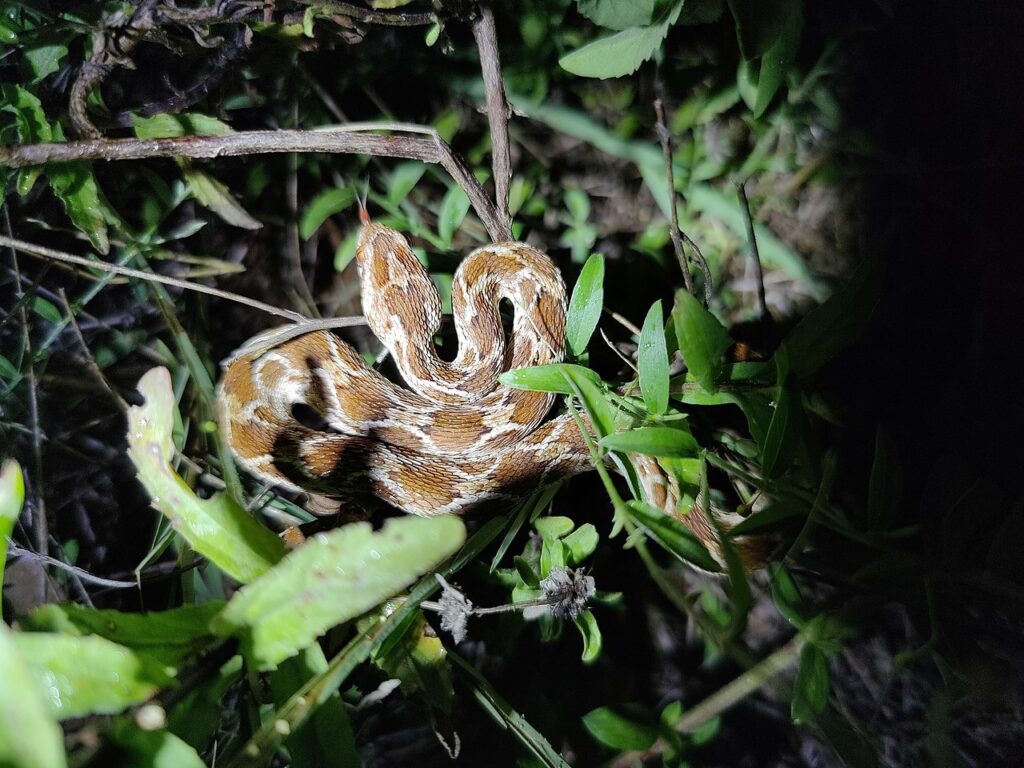
The venom of the saw-scaled viper is primarily hemotoxic, meaning it targets the cardiovascular system with devastating effects. Once injected, the venom begins breaking down blood vessels, preventing blood clotting, and causing internal hemorrhaging throughout the victim’s body. Symptoms typically begin with severe pain, swelling, and bleeding at the bite site, rapidly progressing to systemic effects including blood in urine, bloody vomit, bleeding from the gums, and potentially fatal internal bleeding.
The venom also contains cytotoxic components that destroy tissue, often leading to severe necrosis and potential limb amputation in survivors if treatment is delayed. While not as fast-acting as the neurotoxic venoms of cobras or mambas, the saw-scaled viper’s venom is insidiously effective, with victims sometimes not seeking treatment until irreversible damage has occurred, contributing significantly to the high mortality rate associated with these snakes.
Factors Contributing to High Fatality Rates
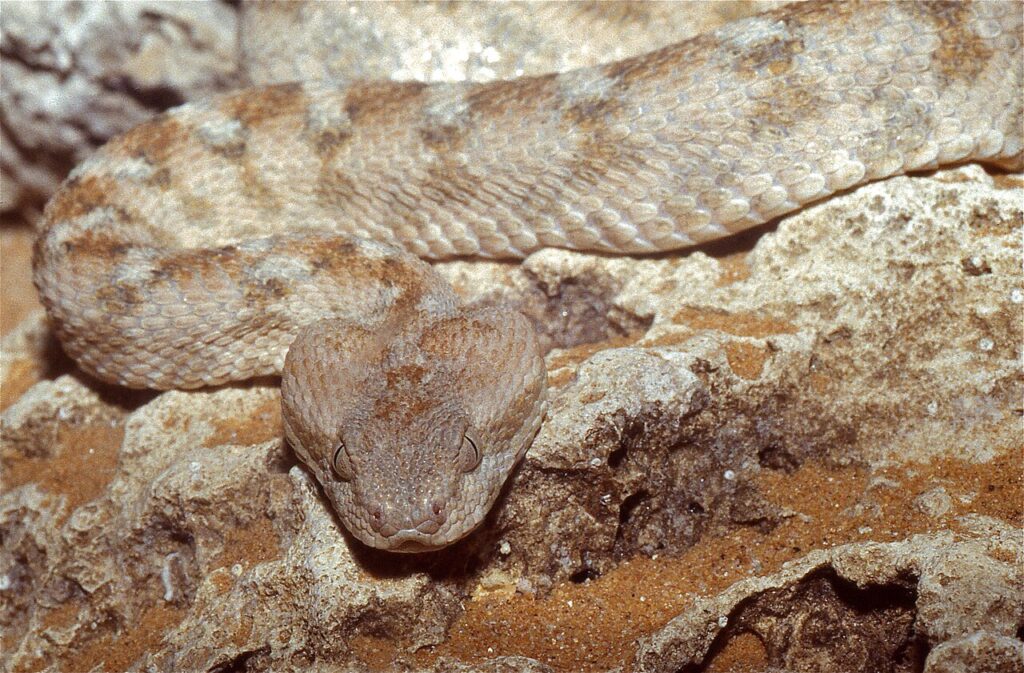
The saw-scaled viper’s status as the deadliest snake by human fatality count is influenced by numerous socioeconomic and geographical factors beyond just its venom potency. In many regions where these snakes are common, healthcare infrastructure is limited, with antivenom supplies often scarce or non-existent in rural clinics. Transportation challenges in remote areas can mean bite victims must travel hours to reach medical facilities capable of treating envenomation, by which time the venom has already caused significant damage.
Cultural factors also play a role, as many victims first seek traditional healers rather than medical treatment, critically delaying proper care. Additionally, the economic reality in these regions means many people cannot afford protective footwear, increasing their vulnerability while working in fields or walking along paths where these well-camouflaged snakes may be hiding, creating a perfect storm of conditions that elevate human fatalities despite better preventative measures being theoretically possible.
Comparison with Cobras and Other Venomous Snakes
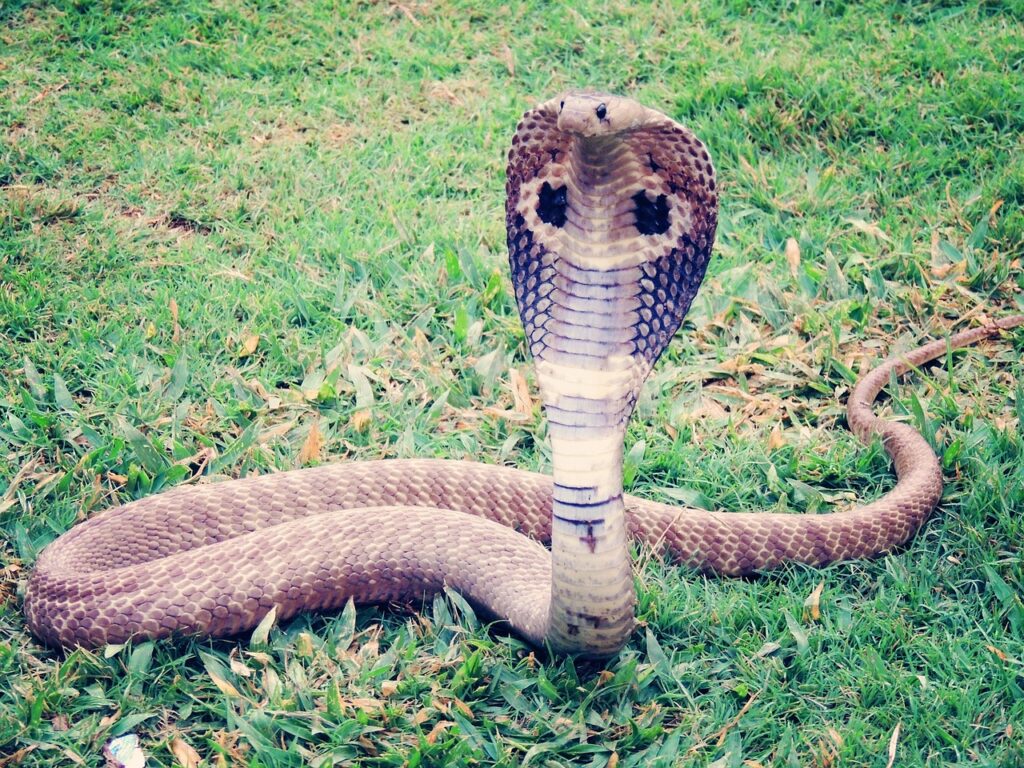
While cobras—particularly the king cobra and Indian cobra—are often considered the quintessential deadly snakes in popular imagination, they actually cause fewer deaths annually than the saw-scaled viper. Cobras possess highly potent neurotoxic venom that attacks the nervous system, causing respiratory failure and paralysis, but they typically deliver a smaller quantity of venom per bite compared to vipers. Additionally, cobras generally provide warning displays by rearing up and spreading their hoods before striking, giving potential victims a chance to retreat.
By contrast, the common krait of South Asia has extremely potent venom and often bites sleeping victims who never feel the initially painless bite, making it another significant cause of snakebite fatalities. The Russell’s viper, another Asian species, rivals the saw-scaled viper in terms of human deaths, particularly in India, Sri Lanka, and Myanmar, but its slightly more limited range and somewhat more distinctive appearance may contribute to fewer overall fatalities worldwide.
Treatment Challenges and Antivenom Development
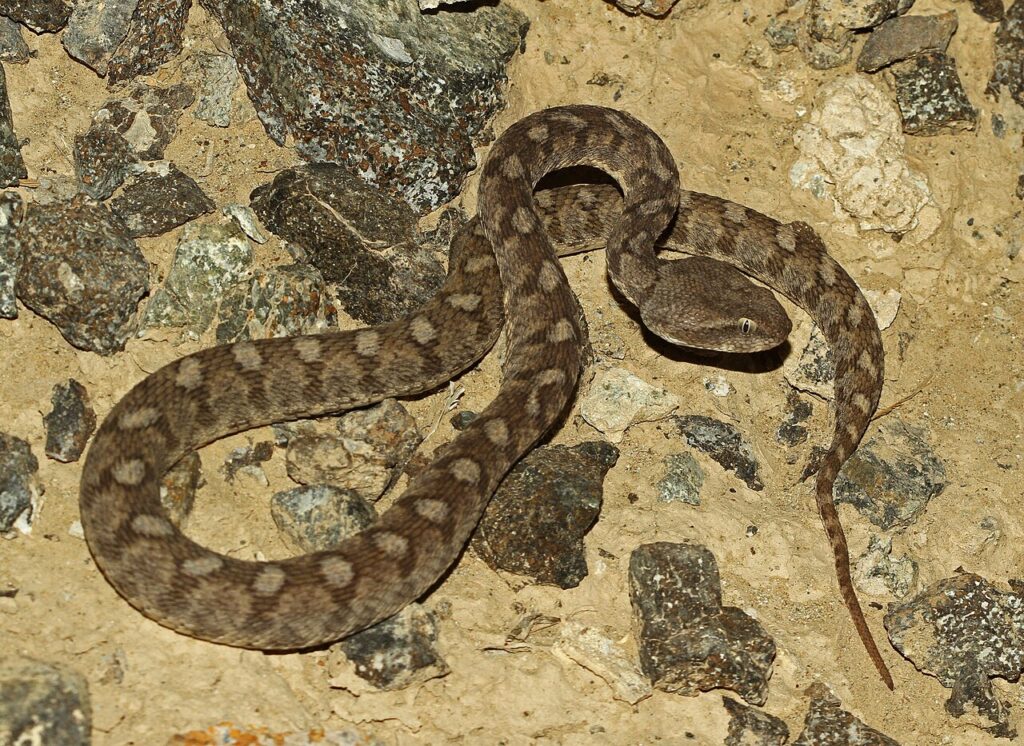
Treating saw-scaled viper bites presents unique challenges that contribute to their high fatality rate. The most effective treatment requires specific antivenom, typically produced by immunizing horses with diluted venom and then harvesting the antibodies produced. However, significant obstacles exist in both the production and distribution of these life-saving medications. Saw-scaled vipers comprise several different species whose venoms show considerable geographical variation, meaning that antivenom produced against one population may be less effective against another.
This necessitates the development of polyvalent antivenoms that work against multiple species and venom types, adding complexity and cost to production. Furthermore, many antivenoms require refrigeration for storage, which is problematic in the hot, rural areas where bites commonly occur and electricity may be unreliable. Recent efforts have focused on developing heat-stable antivenom formulations and improving distribution networks to reach remote areas, but progress remains slow relative to the urgent need in affected communities.
Prevention Strategies and Snake Safety
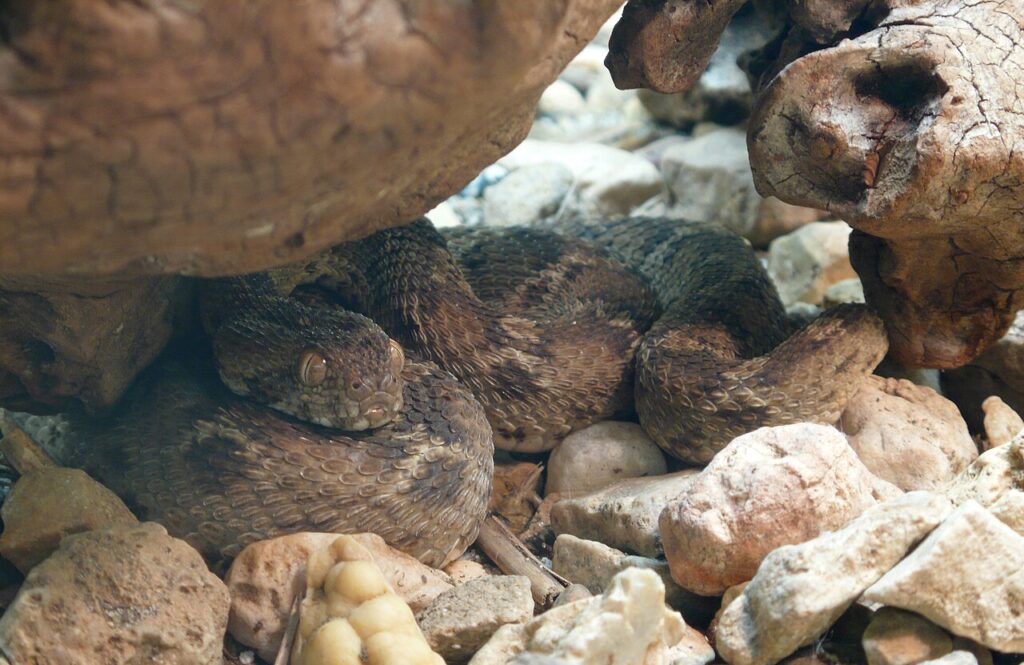
Preventing saw-scaled viper bites requires a multi-faceted approach focusing on both behavioral changes and environmental management. In high-risk areas, wearing protective footwear like rubber boots when working in fields or walking through vegetation significantly reduces bite risk, as most encounters occur when snakes are accidentally stepped on. Carrying a light source when walking at night is equally important, as these vipers are often nocturnal hunters. Environmental modifications around homes, such as clearing vegetation, removing debris piles, and sealing gaps in foundations, can reduce snake presence near human dwellings.
Community education programs teaching proper identification of venomous species and appropriate response to snake encounters have proven effective in reducing bite incidence in several countries. For those venturing into known snake habitats, walking with a stick to probe the path ahead and making noise to alert snakes of human presence allows the typically non-aggressive vipers to retreat before an encounter occurs.
The Global Snakebite Crisis
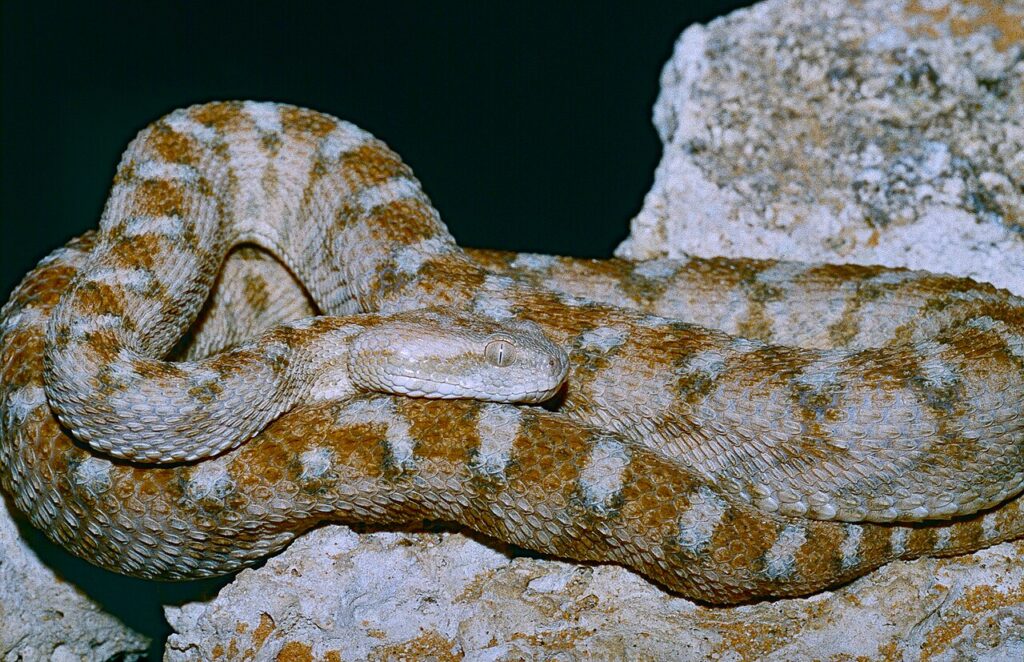
The high fatality rate from saw-scaled vipers represents just one facet of what the World Health Organization now recognizes as a neglected tropical disease crisis. Globally, an estimated 5.4 million snakebites occur annually, resulting in approximately 1.8-2.7 million cases of envenoming and 81,000-138,000 deaths. The economic impact extends beyond the immediate tragedy of loss of life, as survivors often face permanent disability, disfigurement, and psychological trauma. The burden falls disproportionately on rural agricultural workers in low and middle-income countries, with South Asia, Southeast Asia, and sub-Saharan Africa most severely affected.
Despite this immense public health impact, snakebite has historically received minimal research funding or international attention compared to other diseases with similar mortality rates. In 2019, the WHO launched a comprehensive strategy to reduce snakebite mortality and disability by 50% before 2030, acknowledging the critical need for improved prevention, accessible treatment, and rehabilitation programs in affected regions.
Conservation Considerations
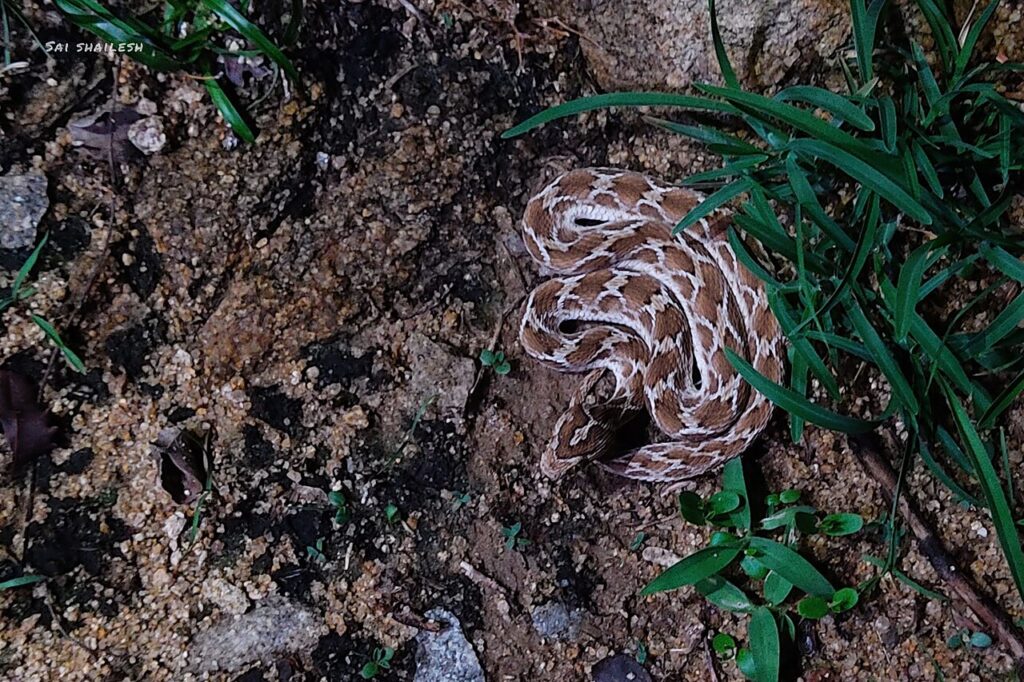
Despite their deadly reputation, saw-scaled vipers, like all snakes, play vital ecological roles that warrant conservation consideration. As predators, they help control populations of rodents that might otherwise damage crops or spread disease, providing a valuable ecosystem service to the same human communities they sometimes endanger. Many viper species face increasing habitat loss as arid lands are converted for agriculture or urban development, potentially pushing them into closer contact with humans.
Conservation efforts must balance human safety concerns with ecological preservation, often through education programs that reduce fear-based killing of snakes and promote coexistence strategies. Interestingly, the medical significance of these snakes extends beyond their dangers, as research into viper venoms has led to the development of several important medications, including drugs for treating hypertension, heart attacks, and blood clots, highlighting the complex relationship between humans and these misunderstood predators.
Future Directions in Snakebite Management
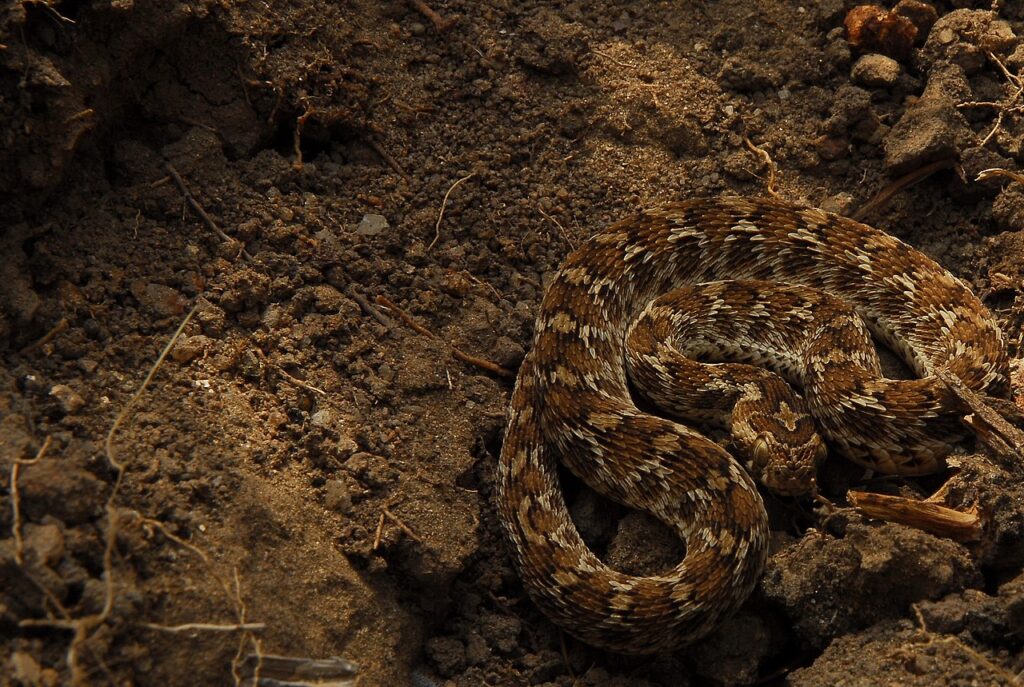
Addressing the disproportionate mortality caused by saw-scaled vipers requires innovative approaches that extend beyond traditional medical interventions. Promising developments include new-generation antivenoms using synthetic antibody technology that may be more effective, safer, and less expensive to produce than current horse-derived products. Portable venom detection kits that can identify the specific snake species from a bite site are being developed to ensure appropriate antivenom selection, particularly important for saw-scaled vipers given their venom variability.
Community-based initiatives training local health workers in remote areas to administer emergency treatment before patients reach hospitals have shown success in reducing mortality in pilot programs. Technological solutions such as snake-proof gaiters and leggings manufactured from local materials offer affordable protection for agricultural workers. Perhaps most revolutionary is the ongoing research into universal antivenom that could neutralize the effects of multiple snake venoms with a single product, potentially transforming emergency response in regions where saw-scaled vipers and other venomous species coexist.
Conclusion
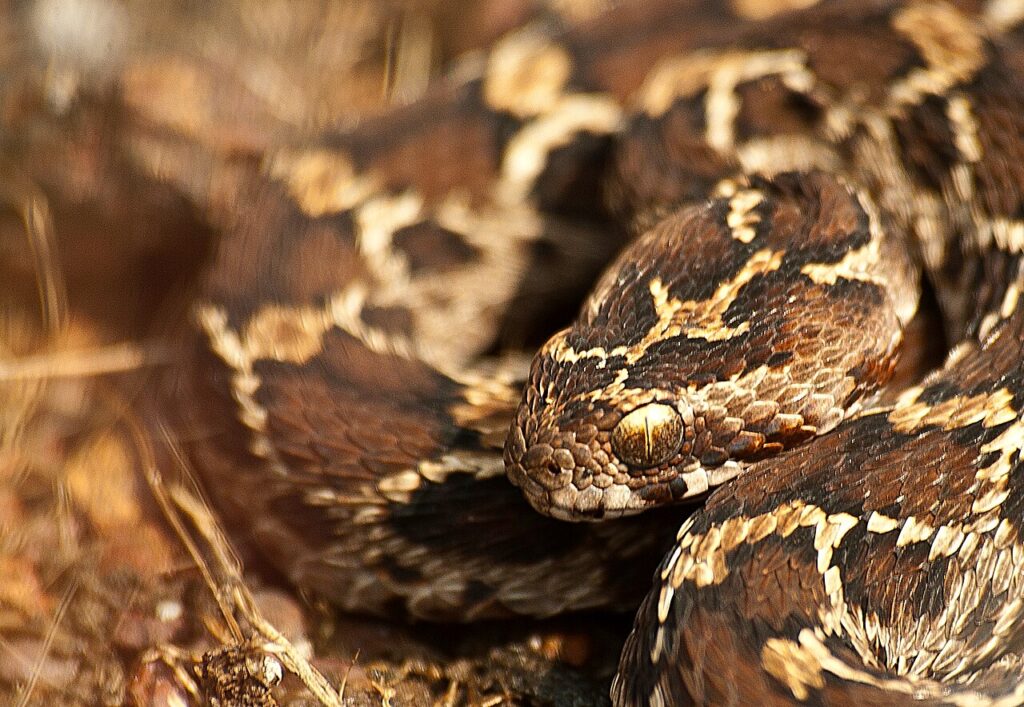
The saw-scaled viper’s deadly impact demonstrates how snake fatality statistics depend not just on venom potency but on a complex interplay of biological, geographical, and socioeconomic factors. While not as iconic as the cobra or as venomous as the inland taipan, this small, readily provoked serpent claims more human lives annually due to its wide distribution in populated areas with limited healthcare access.
As global health initiatives increasingly recognize snakebite as a serious public health challenge, improved education, prevention, and treatment access offer hope for reducing these preventable deaths. Understanding which snake truly poses the greatest danger to humans reminds us that wildlife risk assessment requires looking beyond sensational reputations to the actual impact species have on human communities they encounter.

